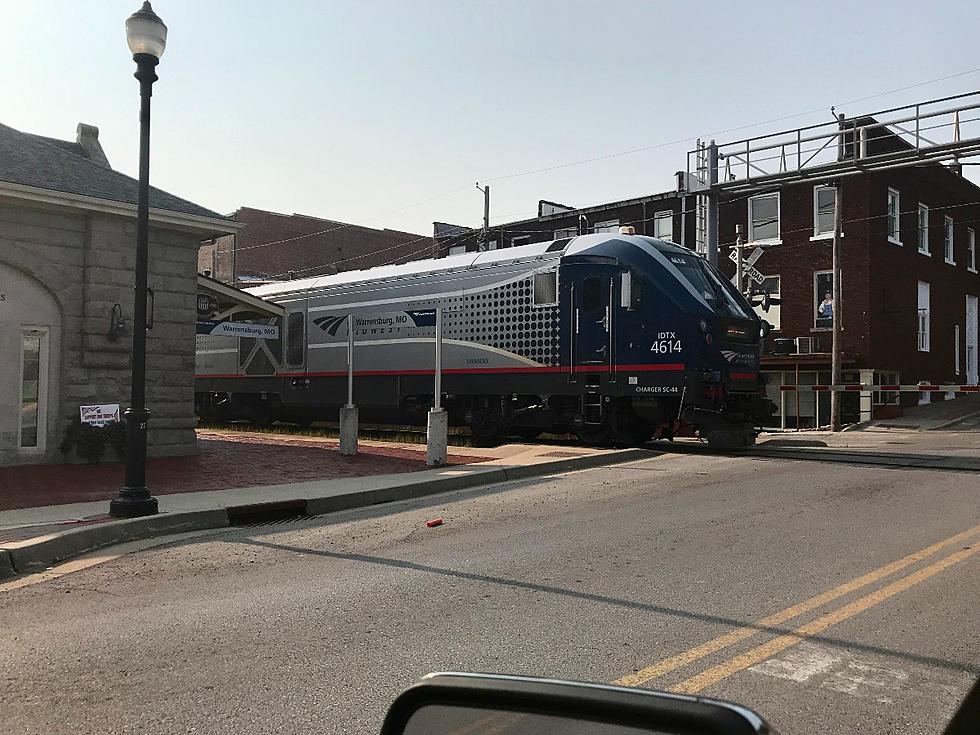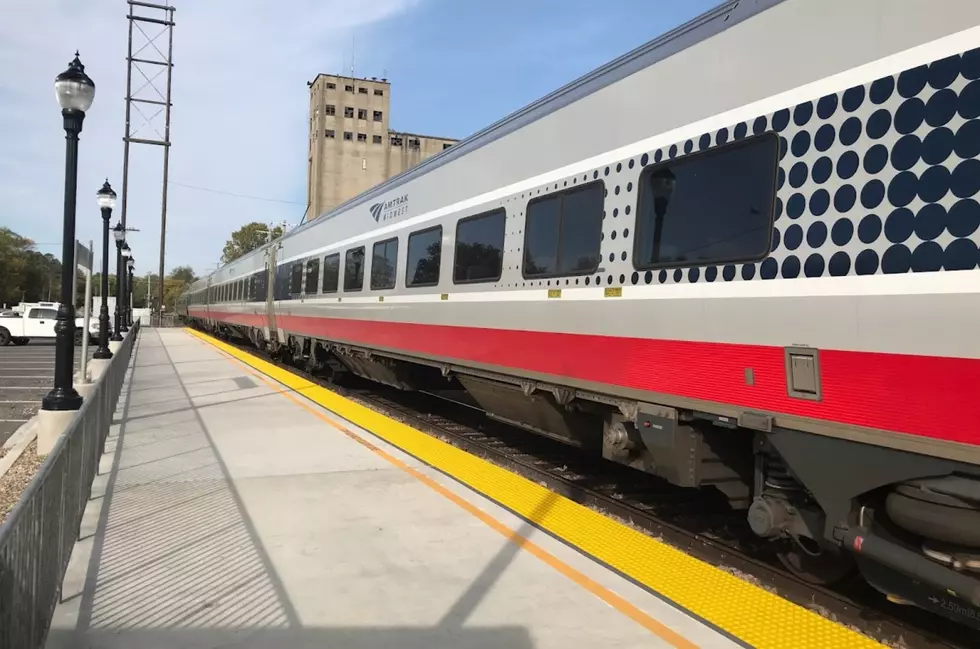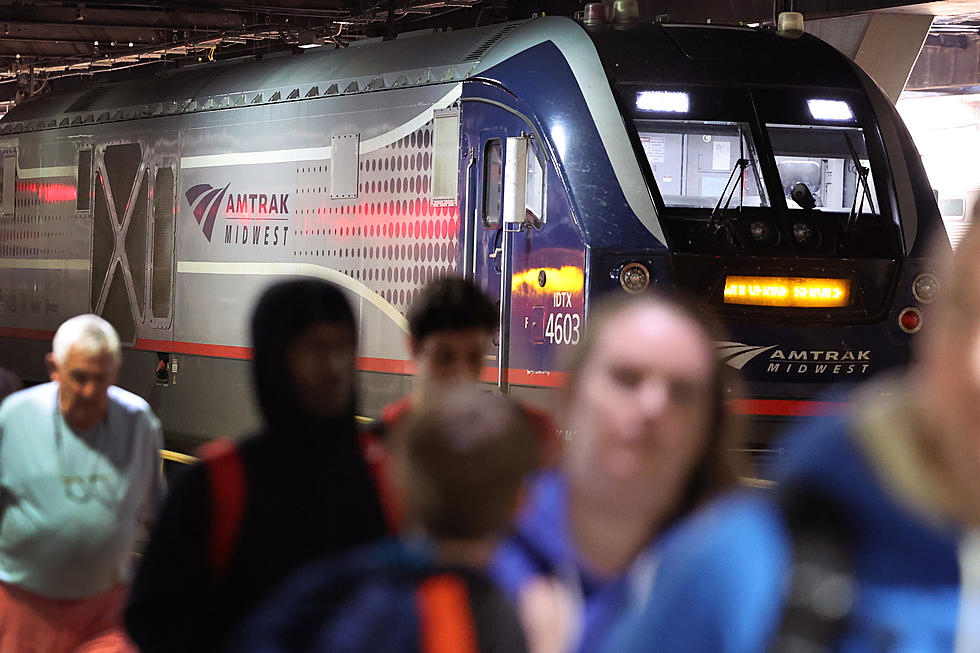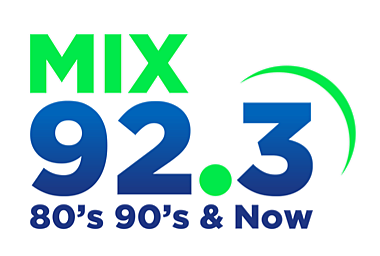
Rail Advocates Pushing State to Bring Back Second River Runner Train
Rail advocates were in Jefferson City urging state lawmakers to fully fund Amtrak's Missouri River Runner service so the service can restore the second train cut at the beginning of January.
At a meeting of the Missouri Highways and Transportation Committee meeting earlier this week, members of the Rail Passenger Advisory Committee said they're looking for support to fully fund operations in the next fiscal year, as well as supplemental funding to restore the second train this year. This according to the St. Louis Post-Dispatch.
The State of Missouri has chronically underfunded Amtrak's Missouri River Runner service, and last year used some pandemic-related funding to pay for the second train. That ended at the end of 2021, and since January 3, there has only been one train a day.
David Pearce, a former state senator, and committee member, told the newspaper it costs the state and Amtrak $10.5 million dollars to run the first train, and $2.5 million dollars to run the second.
It seems to me, that $2.5 million extra dollars to run a second train would be a good investment since Missouri is already sinking $10.5 million dollars into the service to start with. It seems like that would be good for tourism in the summer months. And make the line more palatable for locals to do a day trip into Jefferson City or Kansas City.
The more convenient it is for potential riders, the more people will use it. If you end up having to stay overnight in Jefferson City or Kansas City when visiting because you took the train and you live in Sedalia and Warrensburg. Are you going to do that? No. You're going to get in the car and drive.
And that's just what people are doing. Liz Gibbons, Kirkwood City Council Member, is quoted by the Post-Dispatch that the line had about 170,000 per year pre-pandemic. Flooding in 2019 and the pandemic in 2020 caused some ridership drops, but overall the line has been healthy. At least until going down to one train a day. Gibbons asserts to the paper that ridership has taken a nosedive since the service reduction.
Maybe it's just me, but if we're going to invest $10.5 million dollars to run a train, let's invest a couple of more million to make it functional.
RANKED: Here are the most popular national parks
Gallery Credit: Hannah Lang
LOOK: Famous Historic Homes in Every State
More From Mix 92.3









